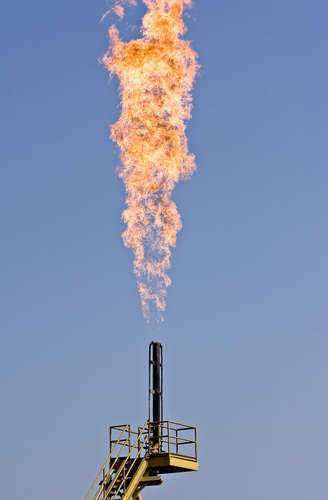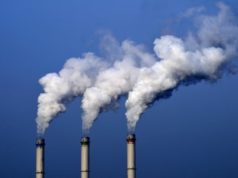
The criticism against production of natural gas and oil from shale and tight sands constantly echoes around environmental circles. It appears the Department of Defense (DOE) has been listening.
ON November 28, 2012, the DOE’s Office of Fossil Energy approved $28 million for fifteen research projects that will attempt to reduce the risks and environmental impacts of drilling in shale and tight sands.
The projects are valued at $36.6 million and will add value data to the Office of Fossil Energy’s Ultra-Deepwater and Unconventional Natural Gas and Other Petroleum Resources Research Program. The program seeks to develop technologies and strategies that improve safety for drillers and surrounding communities while reducing environmental footprints at the same time.
The programs will address four main categories:
· reduction of environmental damage
· improvement of water treatment and water handling methods
· increased understanding of the hydraulic fracturing (fracking) process
· increased mapping and characterization of underground shale regions
Companies selected by the DOE agreed to an $8.6 million cost-share method to fund the project on top of the $28 million provided by federal funds. The projects are administered by the Research Partnership to Secure Energy for American (RPSEA) and managed by the Office of Fossil Energy’s National Energy Technology Laboratory.
The companies and projects are listed below:
GSI Environmental, Inc. in Houston, Texas
“Reducing the Environmental Impact of Gas Shale Development: Advanced Analytical Methods for Air and Stray Gas Emissions and Produced Brine Characterization”
CSI Technologies, Inc. in Houston, Texas
“Development of Methods to Prohibit and Remediate Loss of Annular Isolation in Shale Gas Wells: Prevention and Remediation of Sustained Casing Pressure and Other Isolation Breaches”
University of Texas at Austin
“Relationships Between Induced Seismicity and Fluid Injection: Development of Strategies to Manage Fluid Disposal in Shale Hydrocarbon Plays”
University of Southern California
“Water Handling and Enhanced Productivity from Gas Shales”
Colorado State University
“Development of GIS-Based Tool for Optimized Fluid Management in Shale Operations”
Southern Research Institute in Birmingham, Alabama
“Advanced Treatment of Shale Gas Frac Water to Produce NPDES Quality Water”
Ohio University
“Cost-Effective Treatment of Flowback and Produced Waters Via an Integrated Precipitative Supercritical (IPSC) Process”
Battelle Memorial Institute in Columbus, Ohio
“Development of Subsurface Brine Disposal Framework in the Northern Appalachian Basin”
Drexel University
“Development of Plasma Technology for the Management of Frac/Produced Water”
Colorado School of Mines in Golden, Colorado
“Advancing a Web-Based Tool for Unconventional Natural Gas Development with Focus on Flowback and Produced Water Characterization, Treatment and Beneficial Use”
University of Texas, Bureau of Economic Geology
“Understanding and Managing Environmental Roadblocks to Shale Gas Development: An Analysis of Shallow Gas, NORMs, and Trace Metals”
Oklahoma State University
“Petrophysics and Tight Rock Characterization for the Application of Improved Stimulation and Production Technology in Shale”
Texas A&M University
“Conductivity of Complex Fracturing in Unconventional Shale Reservoirs” and “Fracture Permeability Caused by Shear Slip in Gas Shale Reservoirs”
Gas Technology Institute in Chicago, Illinois
“Advanced Hydraulic Fracturing”
The projects include ways to improve the cleaning of fractured flowback water, ways to improve cement casing underground, and ways to further understand the connection between seismic activity and underground water disposal.
Source: Department of Energy

































